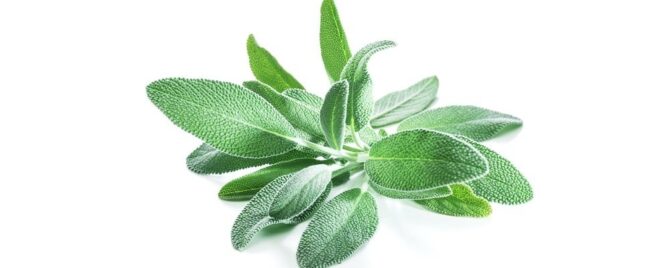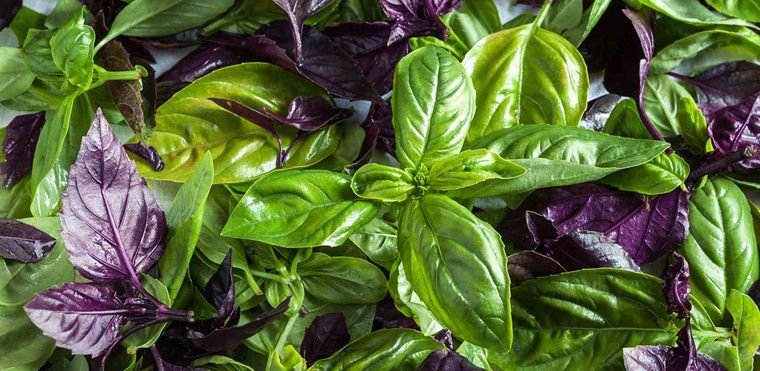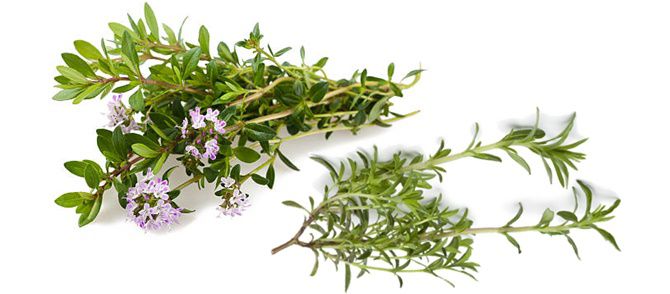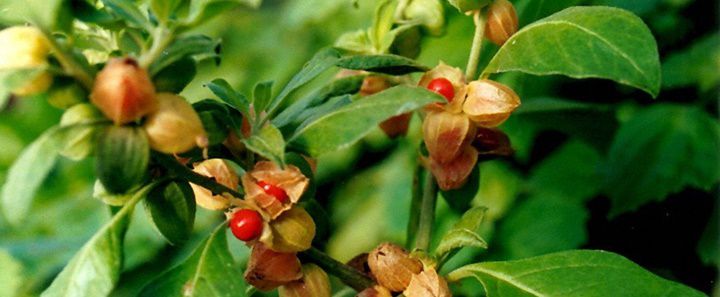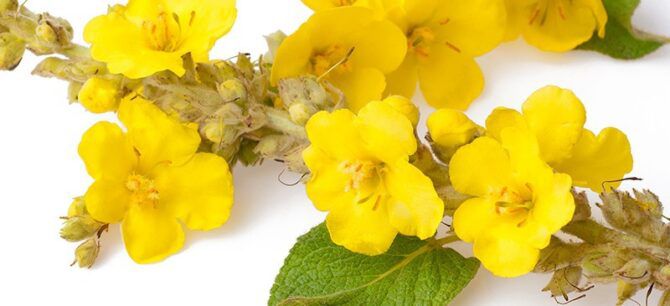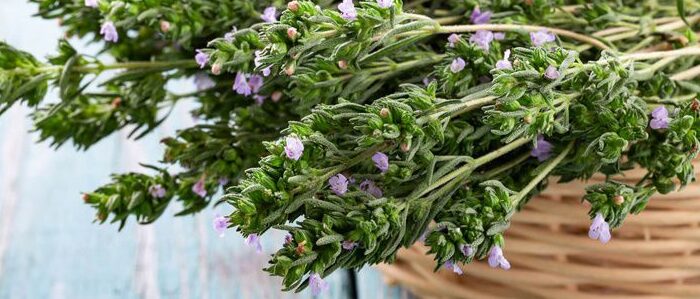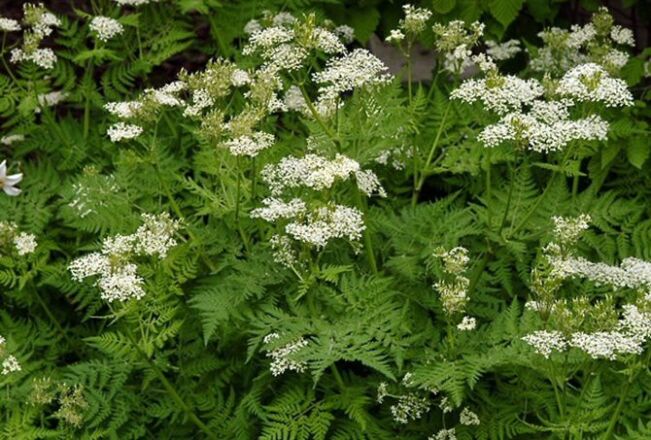Herbs & Medicinal Plants
Growing Sage
Sage (salvia officinalis) is a widely cultivated herb that is native to the Mediterranean region. It is a low shrub with pale, velvet-soft greyish green leaves. Sage is member of the mint family. Growing Sage is easy and the plant does well in containers, the ground and indoors. Sage is popular both in the kitchen as well as for what some consider to be medicinal purposes.
Growing Sage from seed
Indoor Sowing: Late Winter and Early Spring.
Direct Sowing: Spring.
- Start Garden Sage seeds indoors in Late Winter or Early Spring or direct sow in Spring.
- Sage seeds need light to germinate, so don’t cover them too deeply in the soil.
- Sow seeds in individual containers, by lightly pressing the seeds into the soil.
- Keep the soil moist but not wet.
- Place the container is a sunny area, as light is needed for germination to take place.
- Transplant outside after the last frost, once the seedlings have their first true leaves and are large enough to handle.
- Will grow in most soils with very good drainage and a fair amount of nitrogen. It won’t tolerate sitting in wet soil.
- In the garden, plant near rosemary, cabbage, and carrots, but keep sage away from cucumbers.
- Be sure to water the young plants regularly until they are fully grown so that they don’t dry out. They’ll need a consistent moisture supply until they start growing quickly.
- Prune the heavier, woody stems every spring.
- It’s best to replace the plants every few years so they remain productive.
- Pinch off leaves or snip off small sprigs from the plant.
- During the first year, harvest lightly to ensure that the plant grows fully.
- After the first year, be sure to leave a few stalks so that the plant can rejuvenate in the future.
- If fully established, one plant can be harvested up to three times in one season.
- Stop harvesting in autumn so the plant can prepare for winter.
- Sage’s flavor is best when fresh, but it can be stored frozen or dried.
- To dry, hang sprigs in a shady, well-ventilated area and allow them to air dry, waiting until the leaves crumble easily to store in tightly lidded jars.
- To freeze, Freeze leaves or stalks on a tray, then move the leaves into a zippered bag or container.
Disclaimer
Medicinal Information:
All medicinal information on this website is for educational and informational purposes only and may not be construed as medical advice. The information is not intended to replace medical advice or treatment offered by healthcare professionals.
Seeds, Plants, Plant Cuttings, Geophytes and Dried Herbs:
In some countries and provinces, certain plants are deemed as invasive and are not allowed to be planted at all, whilst some plants are allowed to be grown only in certain areas or provinces. The onus is on you as the buyer to familiarize yourself with the regulations pertaining to your location, before purchasing any of our seeds, plants, plant cuttings, geophytes or dried herbs. We will not be held liable, should you purchase any seeds, plants, plant cuttings, geophytes or dried herbs. from us which are prohibited in your country or province.

